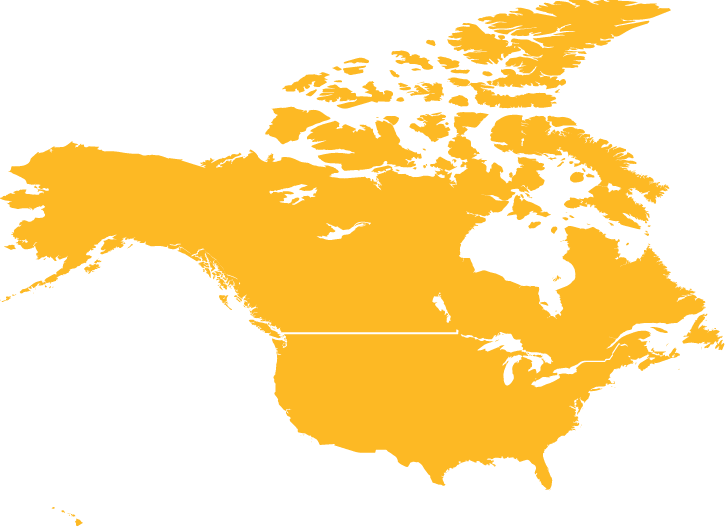Interfaith Harmony: Implementing the Transformative Agenda of the Sustainable Development Goals
Presentation by the Rev. Victor Kazanjian,
Executive Director of the Untied Religions Initiative
It is such an honor to be among the peacebulders gathered here today, and also to be part of the global movement of interfaith peacebuilders who work every day to bring peace, justice and healing to their communities. May we always remember that it is they whom we represent, and their courage that inspires and guides our work.
In the global network of grassroots, interfaith peacebuilding groups that comprise the United Religions Initiative, powerful partnerships have already begun to form with the United Nations. I am so proud that URI has been a partner with the United Nations and the Alliance of Civilizations on this World Interfaith Harmony Week. Many thanks to his Eminency Nassir Abdulaziz Al-Nasser and his wonderful staff especially Hanifa Mezoui, and to the URI team led by Monica Willard and Deborah Moldow. URI has also partnered with the UN for the International Day of Peace, the Committee of Religious NGOs, the Committee on Spirituality, Values and Global Concerns, as a Founding member of the Tripartite Forum on Interfaith Cooperation for Peace, the Global Movement for the Culture of Peace, the Permanent Forum on Indigenous Issues, the Commission on the Status of Women, and with agencies like the Alliance of Civilizations, UNDP, UNICEF, UNFPA, UNHDR, UNWomen, and UNESCO. And this week, during Interfaith Harmony Week, hundreds of thousands of people who are part of URI grassroots groups in communities across the globe are joining with other interfaith groups to embody the values of the Untied Nations and proclaim that peace is possible through mutual understanding and interfaith cooperation.
We gather in this place of dreams, dreams of hope and the promise of a peaceful future for the whole human community.
We gather in this year in which the community of nations affirmed a set of goals to end poverty, protect the planet, and ensure prosperity for all - bold goals which together paint the picture of a healed humanity living in right relationship with one another and with this Earth which is our planetary home.
And we gather this week, in which the world is offered the harmonious vision of peoples of different religions, spiritual practices and Indigenous traditions living together as one people, our differences seen not as barriers to peace but as essential resources to weaving together the fabric of our common humanity.
We gather at the United Nations, to engage the Sustainable Development Goals during Interfaith Harmony Week. We gather because we believe in that dream. We gather because we are committed to the realization of those goals. And we gather because we know that, despite the violence in the world around us, at the heart of all the religions of the world is the desire for peace, and we want to be a part of bringing that peace to our world.
The world outside these walls is too often characterized by nightmares rather than dreams; devastation rather than sustainability; discord rather than harmony. There is so much suffering. There is so much suffering. War, poverty, disease, displacement, environmental degradation, violence against women and children, inequality and injustice abound.
And yet, into the terror of this nightmare come the voices of people of faith, spiritual people of both religious and humanistic beliefs, speaking words of compassion and hope, words of forgiveness and love, moral people who can imagine a world with no poverty, zero hunger, good health, quality education, gender equality, clean water… a world where the Sustainable Development Goals are no longer goals, but the reality of the life for our children and our children’s children.
These are the dreamers with whom I am blessed to work. These are the women and men, young and old, of all cultures and religions who comprise the interfaith movement. For these courageous people, no amount of terror or violence will dissuade them from their work of building cultures of peace, justice and healing for the Earth and all living beings. These are the peacebuilders in cities and towns, settlements and villages, whose harmonious work across lines of cultural and religious difference is making the sustainable development goals and the vision of the United Nations a reality on the ground, at the grassroots, in their communities.
The power of religious communities and their potential as key partners with the United Nations lies in the breadth of their reach and the courage of their conviction. Religious, spiritual and Indigenous communities span all continents, all cultures, all economic classes and all political ideologies. For most people in these communities, peace and justice are what they desire most. These are powerful allies, powerful not because they control armies or wealth, but because they touch the hearts of human beings and evoke compassion and love; the unstoppable forces necessary to stop the forces of hate and violence.
Cooperation between religious communities and the United Nations is not something relegated to the future. That cooperation has already begun. May we continue to grow these partnerships. May we deepen our commitment to make the Sustainable Development Goals a reality together. And May Peace, Shalom, Salaam, Shanti, May Peace Prevail on Earth, my friends.
May Peace Prevail on Earth.
Read Victor Kazanjian's UN presentation: "Promoting Peace and Reconciliation to Counter Violent Extremism".
